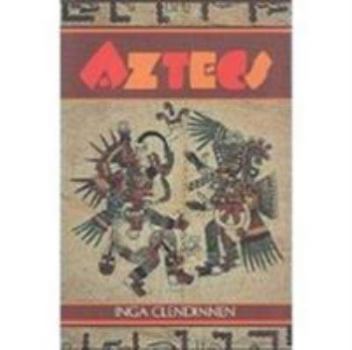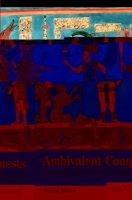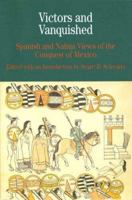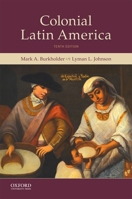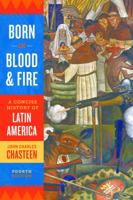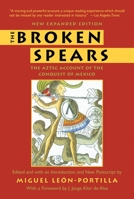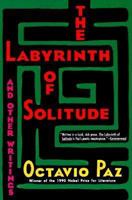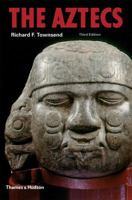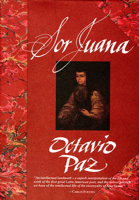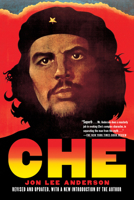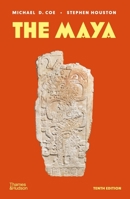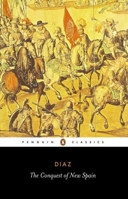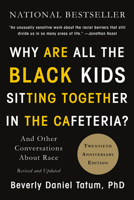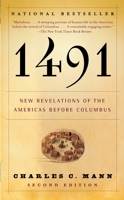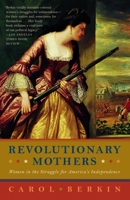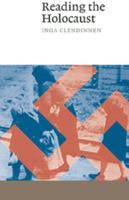Aztecs: An Interpretation (Canto)
Select Format
Select Condition 
Book Overview
You Might Also Enjoy
Customer Reviews
Rated 5 starsDefinitive book, about a canibalistic people
Here in Brazil, I read this excellent and definitive book, about the aztecs and their end.Are you a believer in frauds such as the good savage? Oh, this book goes to the primary sources about Mexico's conquest. Cortez was lookink for to exterminate the aztecs.Cortez was the leader of an indian war.The mexican indians together with smallpox wiped out an Aztec Empire canibalistic and genocidal, in an act of revenge.A terrible...
0Report
Rated 5 starsaztecs, an interpretation
This is an excellent study. the product was received as advertised, good condition and on time.
0Report
Rated 5 starsA Philosophical Approach to the Aztecs
Inga Clendinnen, an Australian historian, observes the Aztec culture through a metaphysical lens, searching for their own sense of meaning and reality. She begins her book with an overview of more practical matters, such as government at the neighborhood level, sanitation management and tribute demands made on subjects of the empire. But then she launches into more philosophical terrain. This is not the book to read as...
0Report
Rated 4 starsA definitive study
Inga Clendinnen has written a definitive guide to the Aztecs that attempts to view this somewhat enigmatic peoples in a manner that doesn't attempt to classify the ritualistic society that emerged from the Mexica Empire, but rather understand the roles of each social strata within the microcosm. There is an inevitable tendency to look at the religious perspective, focusing acutely on the human sacrifice and also on the Spanish...
0Report
Rated 4 starsTo understand the Aztec Civilization
A lot of books are available about Precolumbian civilizations, especially mesoamerican; Aztecs and Mayas are the most learned of all. BUT, we read always the same informations for a long time. Inga CLENDINNEN gives us "An Interpretation" : what kind of civilization has rizen on the plateau of Mexico-Tenochtitlan ? How to explain Aztecs's power in a region where so many people had developped cities and values such as Olmecs...
0Report











